Symbolism in Gaming: An Exercise in Overthinking
By MarkWahlberg 26 Comments
Started school this week, so I thought I’d stretch my academic muscles on something utterly useless.
Video games are a visual medium. Obviously. But one unique aspect of that is the importance of transmitting important information visually so that the player has a strong grasp of what is going on. One of the things I’ve noticed lately is that certain images from certain games eventually garner a sort of universal recognition; there might not be any meaning in particular to the image, but there is a certain significance to the viewer, even if it is only nostalgia. 1 Up shrooms, the Triforce, Pac Man; we all know what these things are on sight, even if there usually isn’t much actual meaning to them.
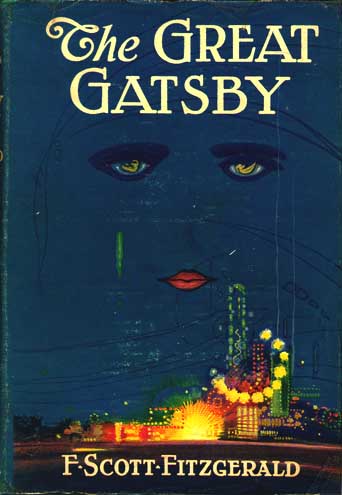
So that got me thinking. In English class, the teachers would always go on and on about SYMBOLISM. Anyone who’s studied the Lord of the Flies or The Great Gatsby knows what I’m talking about. The ‘true’ meaning of the book you were reading was supposedly explained by these little things, these images that would keep popping up throughout the book, be it a conch shell or a creepy-assed billboard.
But those were books. Wouldn’t video games, which rely much more on actual visual representations, also have symbols? Sure, game designers might not be as arrogant and pretentious as some writers, but they’re telling stories too, aren't they? And aren’t they almost required to create some sort of symbol for one reason or another, just to make playing the game more intuitive? If we're going to be staring at this stuff for hours on end, it might be a good idea to think about what we're looking at. So, mostly out of sheer boredom one night, I started thinking about the images and objects that have special significances in games. This is what I came up with.
The Legend of Zelda’s Triforce
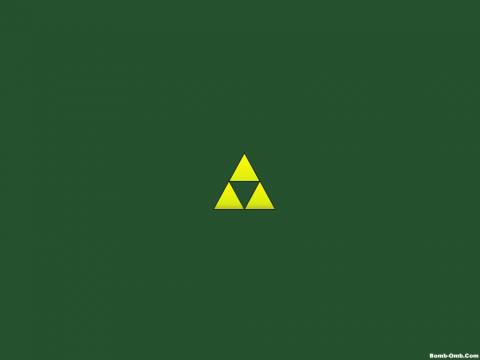
The Triforce in the Legend of Zelda series is perhaps one of the most easily recognizable and most obvious examples of symbolism in gaming. That the games themselves usually address the meaning of the symbol in the Zelda universe makes it pretty easy to grasp. Outside of any ‘in-game’ significance, though, is that this is example # 14,546 of the connotation between magic and the number 3. Found in all cultures across the globe, hammered home every lecture by my Viking History professor, 3 pops up again and again in magical stories. I won’t bother going into any real depth with this, but it’s worth pointing out. And yes, the “Rule of 3” in boss fights is no coincidence.
The Myst Books
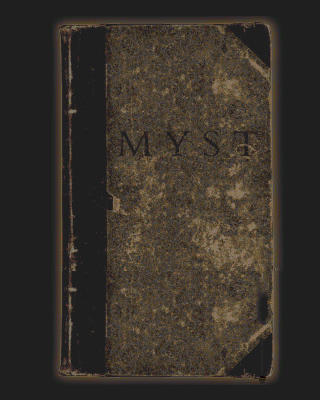
I don’t expect that many of you have ever played the Myst games. Your loss, really. The central premise of the games is that a society called the D’ni have the ability to create actual worlds by writing crazy magic books. Contact with the pages of these books transports a person to that world. Which is kind of awesome. Now, the obvious interpretation is that “Reading Books is Like Going to Another World!”, as the posters in the local library like to say. But that’s too easy.
Actually writing a World Book requires a great deal of knowledge of how to balance all the necessary details to make it function properly; failure to do so makes a broken, unmanageable hellhole. Sound familiar? That’s right: the books aren’t books, they’re video games. A working physics engine and functional environmental AI are the signs of a well-designed world; the broken mess that is a botched job slowly falls apart under the players eyes. Throw in the fact that the D’ni love putting puzzles into their worlds and what we have is a society whose highest art form - and the basis for it's existence - is fully interactive video games; their most treasured artisans are game designers. Myst isn’t just a bunch of hard-ass puzzles; it’s a video game about video games.
Halo’s Halos
This is sort of a stretch (and kind of a dumb one) but whatever. Basically, the Halos in Halo are the inverse, both literally and metaphorically, of planets. The livable areas on a Halo are on the inside, rather than the outside; planets represent life, but as weapons, the Halos represent death. Sort of a Yin-Yang kinda deal.
Half Life’s Crowbar
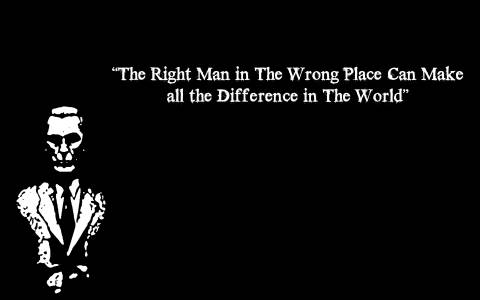
I think this is the most interesting use of symbolism that I came up with. In Half Life 2, you play as Gordon "The One Free Man" Freeman, a lone scientist saving the world from the Combine. Throughout the game, you manage to consistently be right were you are needed most, turning the tide against the fascist aliens. Freeman’s initial weapon, the tool that best represents him, is the crowbar. Although it is used in the game mostly for whacking shit, crowbars in real life are useful for providing leverage with certain objects. All well and good, but what’s the significance? Well, the G-Man himself provides a very interesting hint with his infamous quote at the beginning of the game: "The right man in the wrong place can make all the difference in the world." Dramatic, sure, look at the crowbar again. If we focus on its use for leverage, the G-Man’s comment recalls an even more famous quote by a man called Archimedes, which is usually translated as: “ Give me a place to stand and with a lever I will move the whole world.” The crowbar isn’t just a stick for whacking Headcrabs; it’s a symbol for everything that Freeman is doing. It is the guiding principle for how ‘just one man’ can turn the tide against an occupying army – how he can ‘move’ a world taken over by aliens.
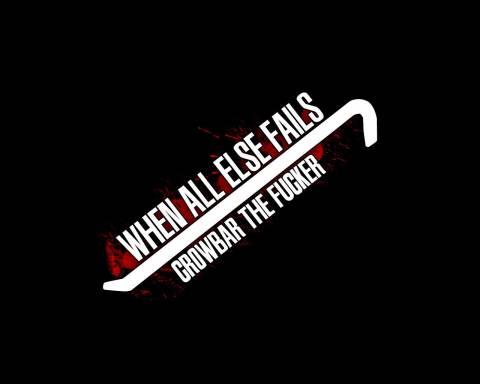
And then we can take it a step further! At the end of the original Half Life (which I haven’t actually played, but that’s what wikis are for), we are left with the impression that Freeman agreed to work for the G-Man in some capacity. It is fairly clear that he is handling Freeman throughout the course of the sequel, making sure that he is exactly where he needs him to be and using him to further his agenda. In other words, for the G-Man, Gordon Freeman is the crowbar. Which is kinda weird if you ascribe to the theory that the G-Man is actually an alternate reality/ future version of Gordon, but that’s neither here nor there.
Well, that’s about it. l realize that, as with most interpretations, I'm giving this way too much thought, but whatever. I doubt anyone’s actually going to read all of this, but if you do, feel free to talk about how I just blew your minds. Or give your own crazy interpretations of things. Or tell me again how bad The Happening was. No, really, it’s fine! Like Steve Carell said, it never gets old.
